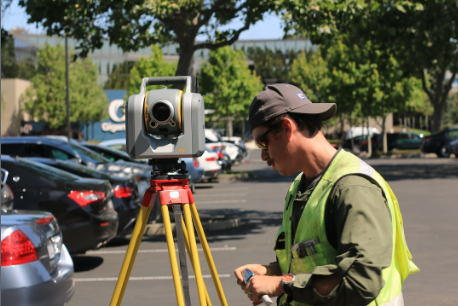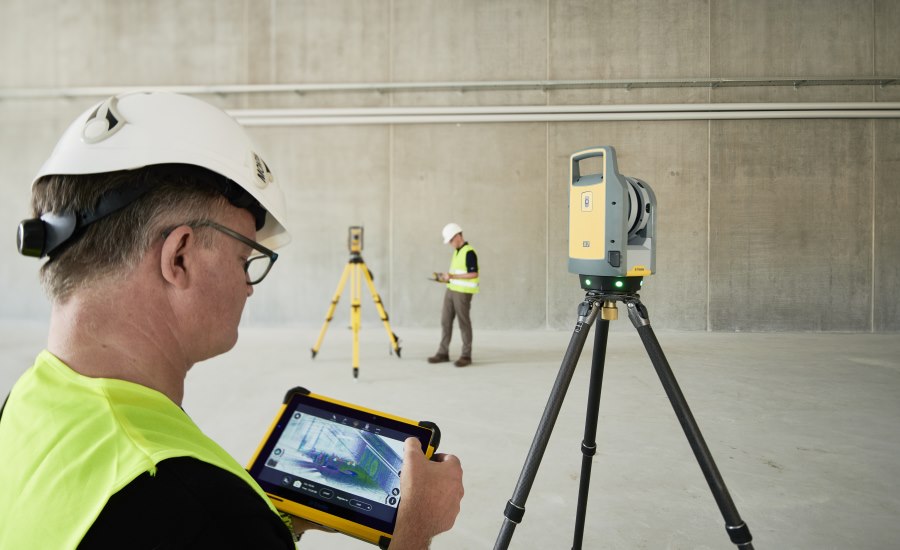Learn all there is to know about 3D laser scanning
What is 3D laser scanning?
Firstly, 3D scanning is used widely in architecture and construction. It is a highly accurate method to capture the details of an existing building or construction site. The laser scanning can help designers visualize their designs by using real building data as a foundation. In addition, without physically touching what is being measured, 3D laser scanning creates clear and precise digital records of existing conditions.
How does 3d scanning work?
So, the laser projects a line of laser light onto the surface. While 2 sensor cameras, continuously record the changing distance and shape of the laser in 3 dimensions as it goes along the object.
What is the scanner used for?
Some of the common uses are:
- Prefabrication
- Collecting geospatial data
- Virtual design and construction
- 2D & 3D laser map of a building
- Laser scanning for facility coordination
- Design engineering for facility upgrades or expansions
- Architectural documentation or historical preservation
- As built survey, reality capture or existing conditions survey
- Calculating volumes, deformation analysis and overhead clearances
Functionality –
The purpose of a 3D scanner is to create a 3d model. However, the 3D models often consist of a point cloud of geometric samples on the surface of the design.
Furthermore, the scanner shares similar traits with a camera, and like cameras, they can only collect information about surfaces that are not obscured. While cameras collect colour information about surfaces within their field of view, a 3D scanner collects distance information about surfaces.
However, a single scan will not produce a complete model of the building. You will need to do multiple scans, in different directions to get the information of all sides of the project.
Benefits of 3D scanning –
- Fast – a laser scanner can capture up to a million 3D data points per second. This provides an incredibly accurate detail of every aspect of your project.
- Accurate – because of how many data points are collected laser scanning is the most accurate form of measurement available. Whereas, measurements acquired by hand held devices and tape measures are subject to errors.
- Safety – 3D scanning can acquire measurements in hard to reach or hazardous locations, keeping workers safe.
- Captures every detail – A 3D scan will capture extra data. Meaning you wouldn’t need to return to the project if you have any unanswered questions.
Finally, check out our partnering company 3D Measure, if you are looking for Laser scanning services. https://www.3dmeasure.co.uk/








